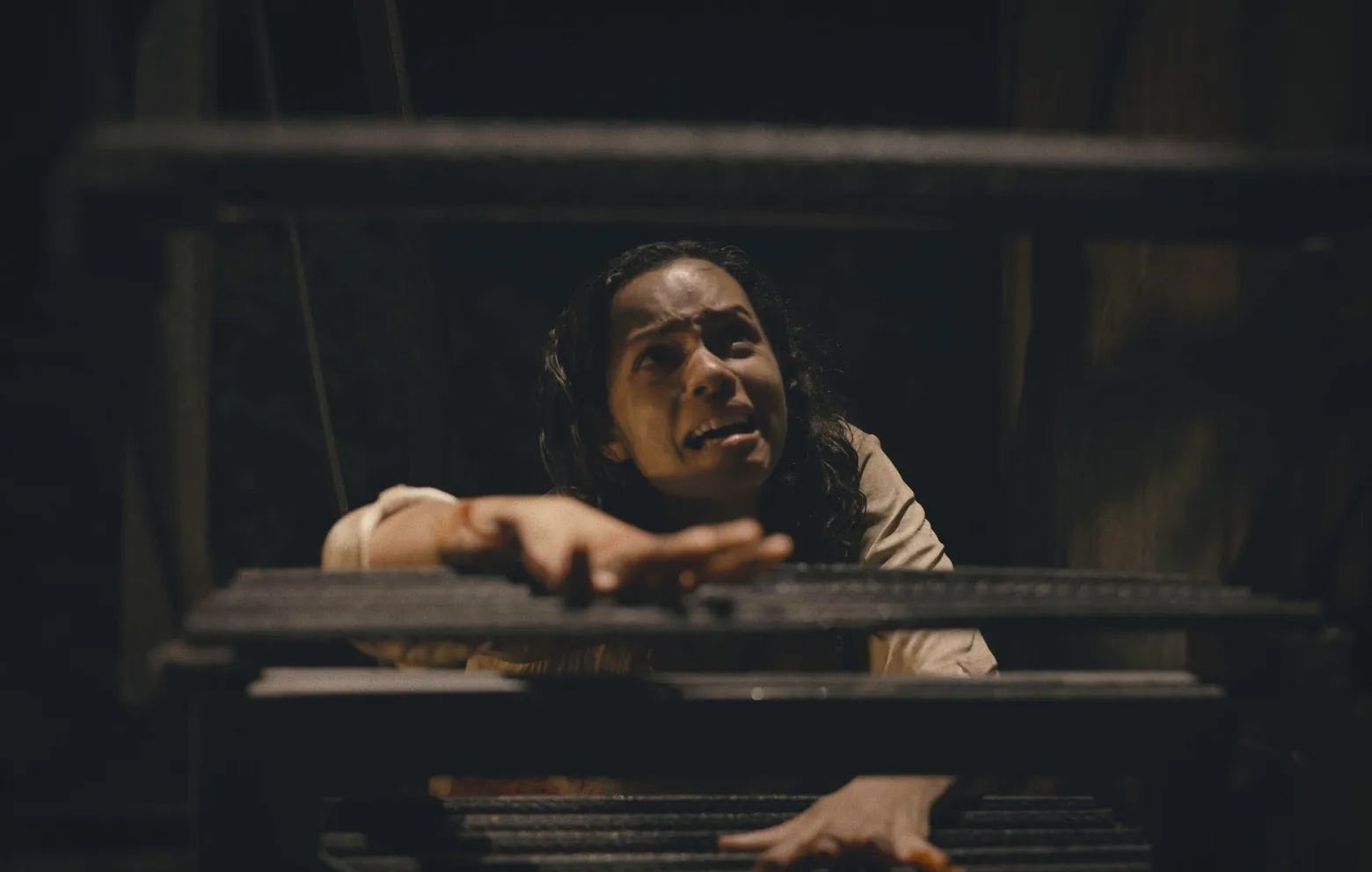
Dancing its way through the uncanny valley and into the hearts and minds of audiences, M3GAN is an undeniable box-office and critical smash. The Blumhouse horror hit currently sits well over the $30 million mark in earnings and is rated “Certified Fresh” on the popular review aggregator Rotten Tomatoes. The titular killer android has become something of an immediate cultural touchpoint, an instant queer icon and the central figure in the latest deluge of Twitter memes.
There is an element of the all-too-familiar “out of nowhere” narrative to the proceedings, but really M3GAN — rather than a watershed moment — is more akin to a tipping point when it comes to the reinvigorated relevance of camp horror.
The past decade has seen horror go through something of a cultural and critical renaissance. Relegated in large part to the purposefully bleak “torture-porn” aesthetic or blandly grim slasher retreads in the mid-to-late aughts, the 2010s rejuvenated the genre on a large scale, thanks to the boom in “prestige” horror. Pictures like Robert Eggers’ The Witch, Jordan Peele’s Get Out, and the works of Ari Aster catapulted horror into the mainstream consciousness — a space it hadn’t been privy to in some time.
In response to that influx of self-proclaimed “elevated horror,” a demand for camp absurdism bubbling under the surface has begun to take hold. The last two years in particular have seen that movement building steam. Malignant — also a James Wan/ Blumhouse picture and in many ways the most direct predecessor to M3GAN — covertly gave face to that movement. Trailers and marketing pitched Malignant as something more straightforward, but audiences found (and responded to) something far more akin to the VHS bargain-bin horror of decades past.

2022 saw several films continue that trend, sneaking absurdity and camp into pictures billed as direct and serious. Zach Cregger’s equally successful Barbarian is a prime example: All of the advertising materials, teasers, and trailers kept its premise a secret. This wasn’t simply an act of J.J. Abrams-esque mystery-box publicity, it was a way to skirt the much more difficult task of marketing a truly gonzo central conceit, something much closer to camp absurdity than a simple plot synopsis would suggest. Orphan: First Kill — which features a similarly camp, high-concept approach to everyone’s favorite deadly doll — and satirical slasher Bodies Bodies Bodies continued over the course of the year to lay the foundation upon which M3GAN could TikTok-dance her way to the top.
The element unique to M3GAN — and what makes it the logical next step in the burgeoning camp-horror resurgence — is that it is the first to successfully forefront its campy tone as a selling point. The concept is patently absurd, but the widespread appreciation of its ridiculousness, and the fact that it was sold on that absurdity, speaks to an untapped audience demand. Horror has always been uniquely positioned among genres to reflect the larger sociopolitical anxieties and trends, and in the face of today’s increasingly bleak reality, what else can audiences do but laugh?

The fact is that these are absurd times. Every day seems to arrive with some fresh, semi-apocalyptic bit of news, all on the heels of a two-year unprecedented medical disaster the world has yet to fully understand. M3GAN’s targets aren’t necessarily political bodies or the COVID-19 pandemic, though it does tackle parental anxiety, technophobia, concern with humanity’s relationship to technology, etc. What M3GAN understands best is that the ideal solution in processing the deluge of doom-and-gloom is humor. The decidedly camp exaggeration of the core fears explored in M3GAN achieves the same catharsis as its more loftily-minded genre siblings.
There are really only two options in responding to fear and darkness: to scream, or to laugh. M3GAN chooses the latter, and so — it seems — are audiences.
M3GAN is playing in theaters now.







